Factors to Consider in Tube Bending: Achieving Accurate and High-Quality Bends
Tube bending is a fundamental process in various industries, allowing for the creation of complex and custom-shaped tubular components. However, achieving accurate and high-quality bends requires careful consideration of several factors. In this article, we will explore key factors that significantly influence Accurate and High-Quality Bends. From tube material and wall thickness to bend radius and tooling considerations, understanding these factors and implementing practical tips will help you achieve precise and flawless bends.
Accurate and High-Quality Bends
- Tube Material: The material of the tube plays a crucial role in tube bending. Different materials exhibit varying levels of flexibility, ductility, and spring-back characteristics. Metals like steel, aluminum, copper, and stainless steel have unique properties that affect the bending process. Consider the material’s elongation, yield strength, and work-hardening behavior to determine the most suitable bending techniques and tooling requirements.
- Wall Thickness: The wall thickness of the tube impacts the bending process and the quality of the final bend. Thicker walls may require more force and specific tooling to achieve the desired bend without deformation or wrinkling. Thinner walls, on the other hand, are more prone to collapsing during bending. Understanding the limits of your tube’s wall thickness and selecting appropriate tooling and bending techniques are crucial for Accurate and High-Quality Bends.
- Bend Radius: The bend radius refers to the minimum radius that can be achieved without causing excessive stress or deformation to the tube. Smaller bend radii require greater bending forces and may result in greater springback after the bending process. It is important to consider the tube’s material and wall thickness when determining the appropriate bend radius. Choosing a bend radius that is too tight for the specific tube can lead to structural damage or compromised integrity.
- Tooling Considerations: Selecting the right tooling is essential for achieving accurate and high-quality bends. The choice of mandrels, dies, wiper dies, and clamp dies depends on factors such as tube diameter, bend radius, material, and wall thickness. Mandrels, for instance, provide internal support during bending, reducing deformation and improving bend quality. It is important to match the tooling to the specific requirements of the tube being bent, ensuring proper support, control, and smooth deformation throughout the process for Accurate and High-Quality Bends.
- Proper Tube Preparation: Before bending, ensure that the tube ends are properly prepared. Deburring and chamfering the edges can prevent scratching or snagging during the bending process. Smooth edges minimize the risk of surface imperfections and help maintain the integrity of the tube.
- Bend Order and Sequence: For complex tube bending projects with multiple bends, carefully plan the bend order and sequence. Consider the impact of each bend on the overall geometry and plan the sequence accordingly. This approach helps avoid interference between bends and ensures better control over the final shape for Accurate and High-Quality Bends.
- Operator Skill and Experience: The skill and experience of the operator significantly influence the quality of tube bends. Proper training and hands-on experience are essential to understand the nuances of the bending process, such as applying consistent force, controlling spring back, and identifying potential issues. Invest in training programs or seek guidance from experienced professionals to improve technique and expertise.
- Testing and Inspection: Implement a rigorous testing and inspection process to ensure the quality of the bends. Use measurement tools like calipers, micrometers, or laser measuring devices to verify bend angles, radii, and dimensions for Accurate and High-Quality Bends. Conduct visual inspections for any signs of deformation, surface irregularities, or cracks. Regularly monitor and adjust process parameters to maintain consistent quality throughout production.
- Documentation and Record-Keeping: Maintain comprehensive documentation and records of the bending process, including bending parameters, tooling specifications, and inspection results. This information serves as a valuable reference for future projects, troubleshooting, and ensuring consistency in quality.
- Continuous Process Improvement: Strive for continuous process improvement in tube bending to reach Accurate and High-Quality Bends. Regularly review bending techniques, equipment, and tooling to identify opportunities for enhancement. Implement feedback loops and gather input from operators and quality control personnel to refine processes and optimize efficiency.
Practical Tips for Achieving Accurate and High-Quality Bends
- Conduct thorough material testing and analysis to understand the tube’s behavior during bending.
- Use a tubing supplier with a reputation for consistent quality and dimensional accuracy.
- Opt for seamless tubes whenever possible to minimize imperfections and inconsistencies.
- Consider preheating the tube to improve ductility and reduce spring back.
- Employ lubricants or anti-seize compounds to reduce friction and prevent galling during bending.
- Perform trial bends and iterations to fine-tune the process parameters before the final bend.
- Regularly inspect and maintain tooling to ensure precision and reduce wear and tear.
- Seek expert advice and collaborate with experienced tube-bending professionals when tackling complex or challenging projects.
complex tube bending projects
Achieving accurate and high-quality bends in tube bending requires a thorough understanding of the key factors that influence the process. By considering factors such as tube material, wall thickness, bend radius, and tooling considerations, you can optimize the bending process and minimize issues such as deformation, wrinkling, or spring back. Applying practical tips and seeking expert guidance will enhance your ability to produce precise and flawless bends, resulting in top-quality tubular components for various applications.

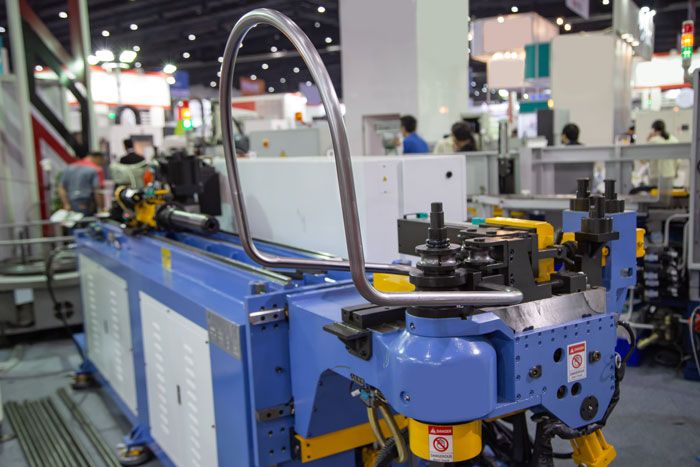
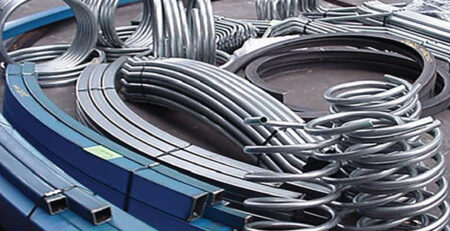
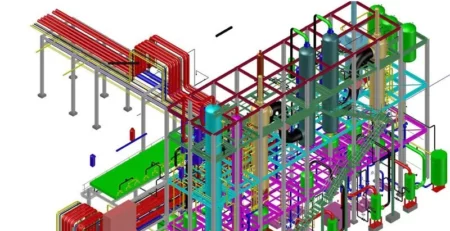
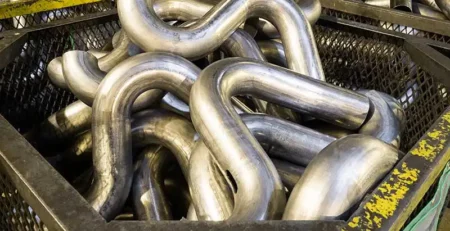
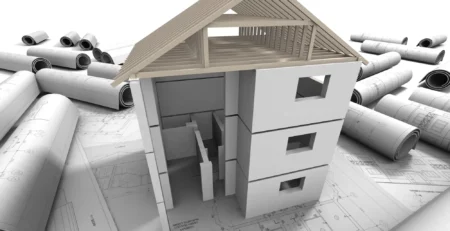
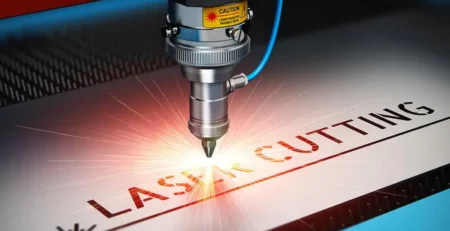
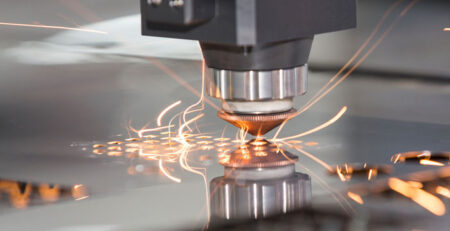
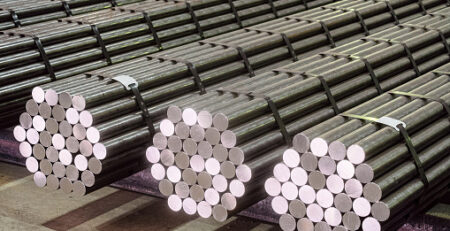
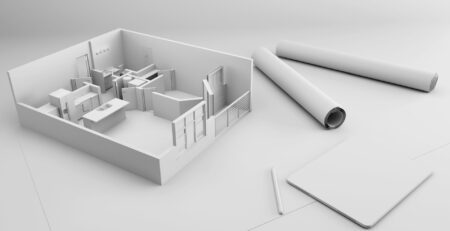
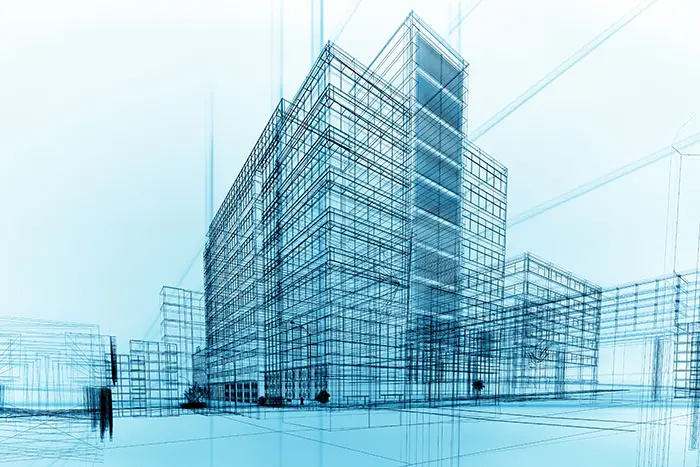
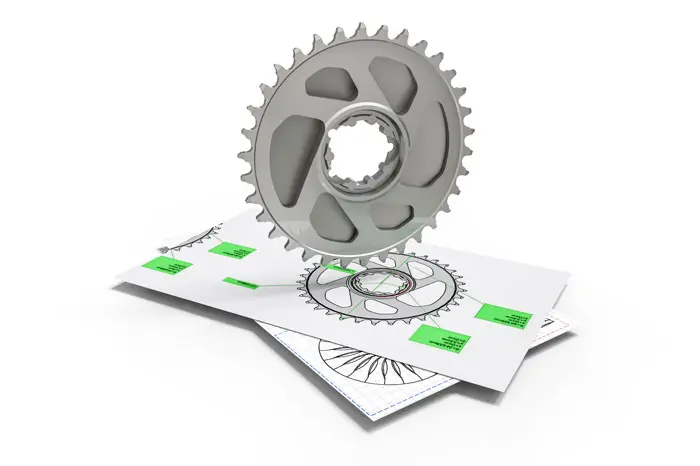
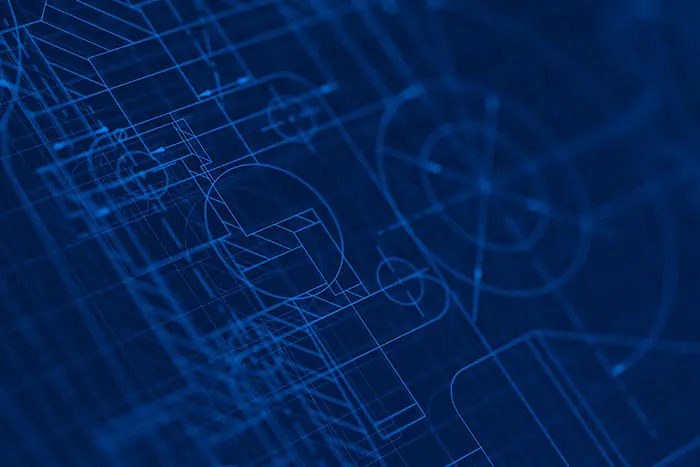
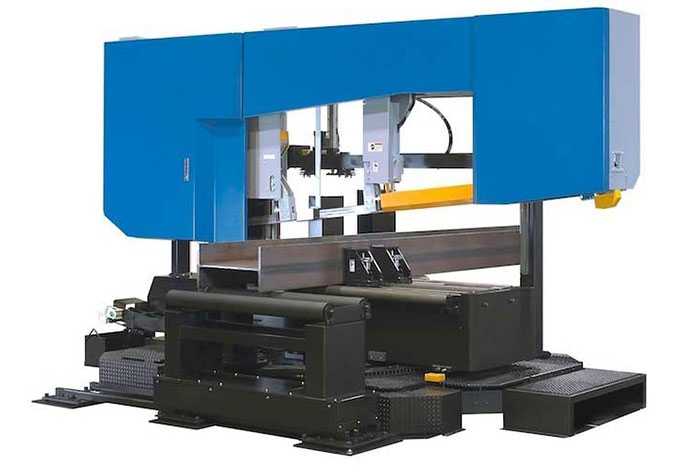
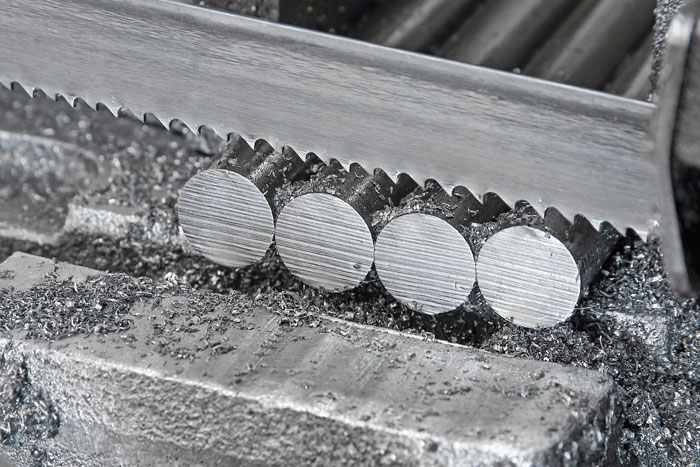
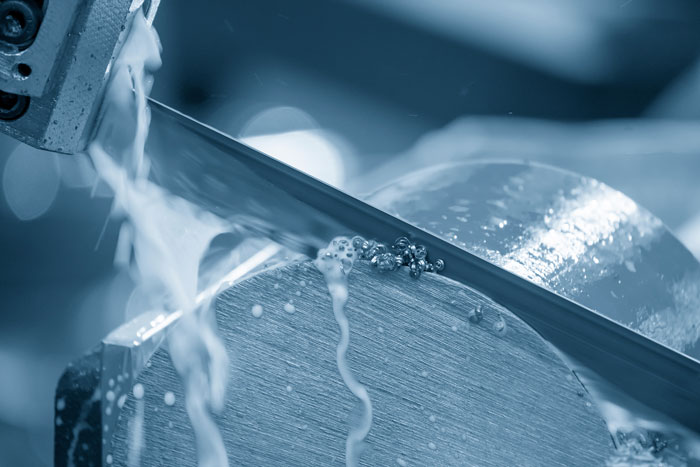
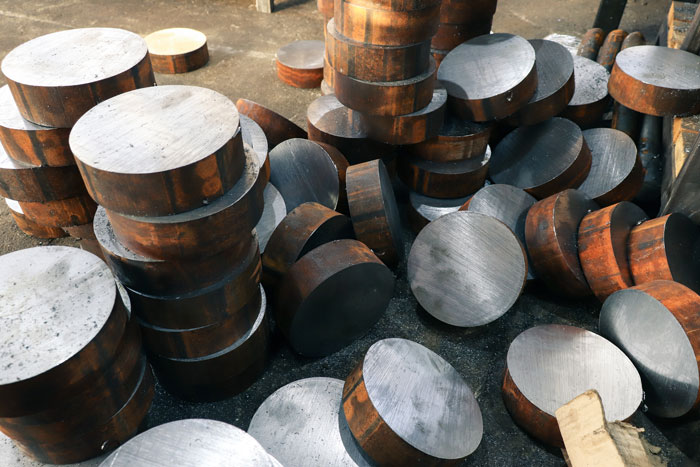
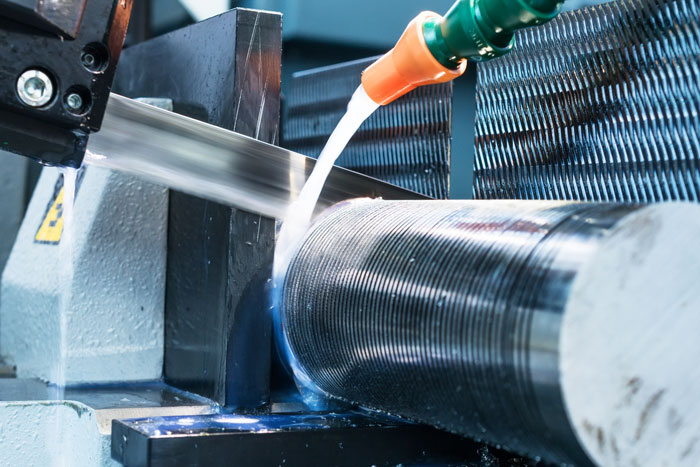
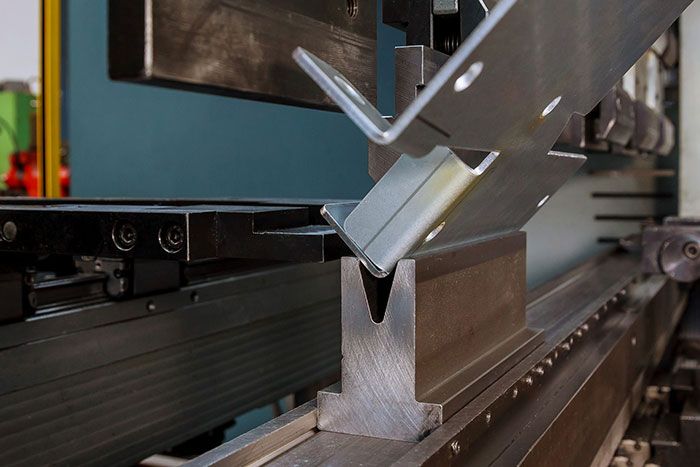
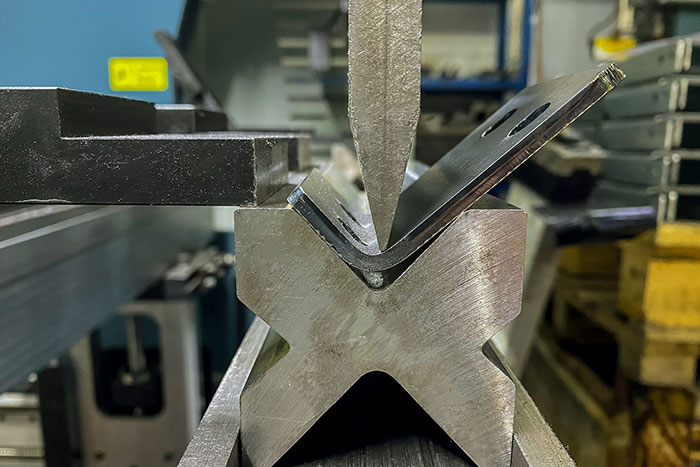
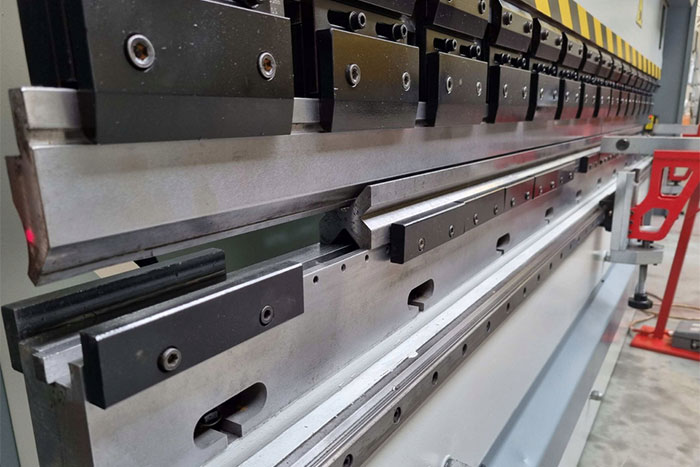
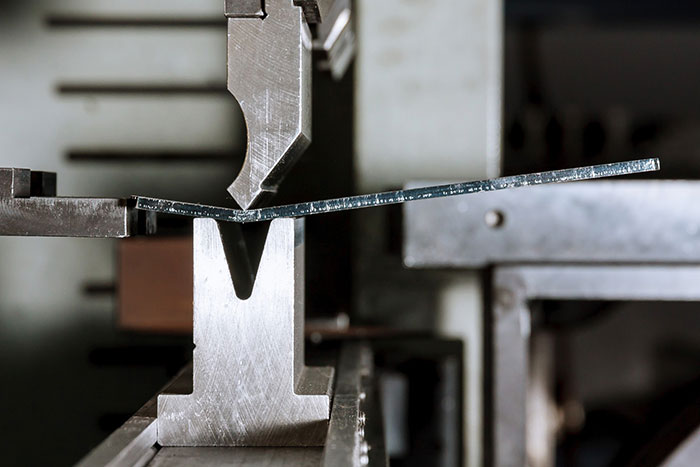
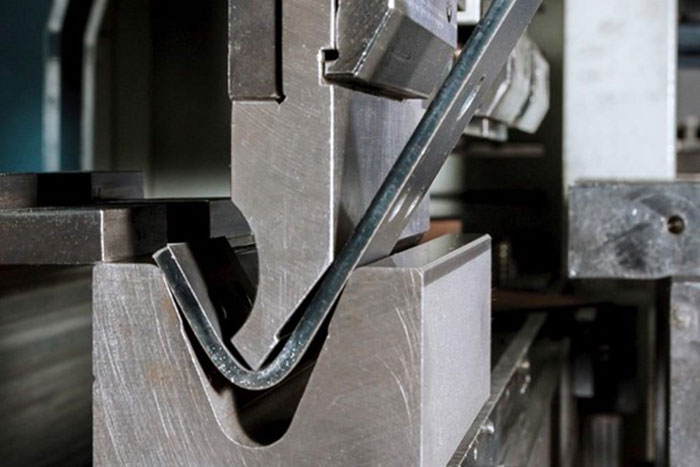
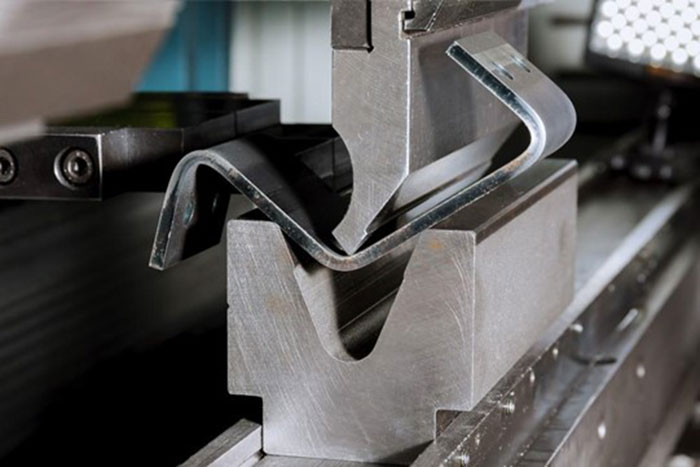

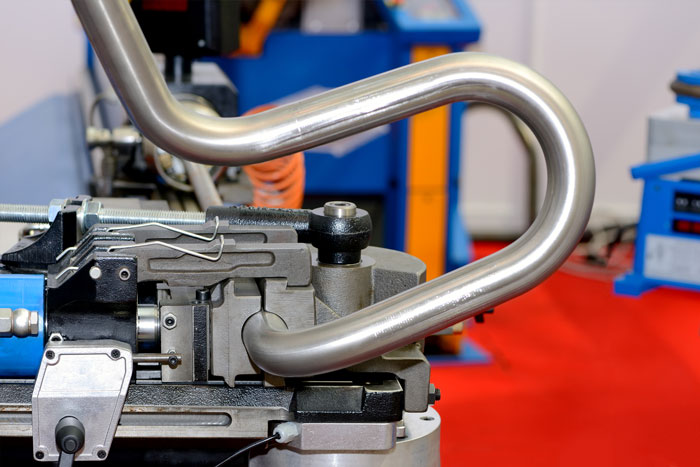
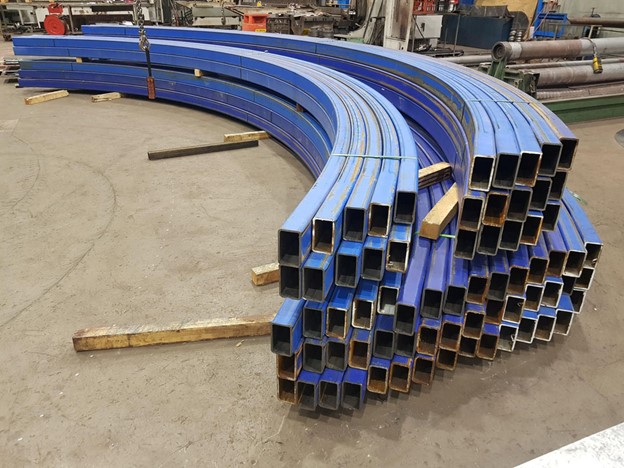
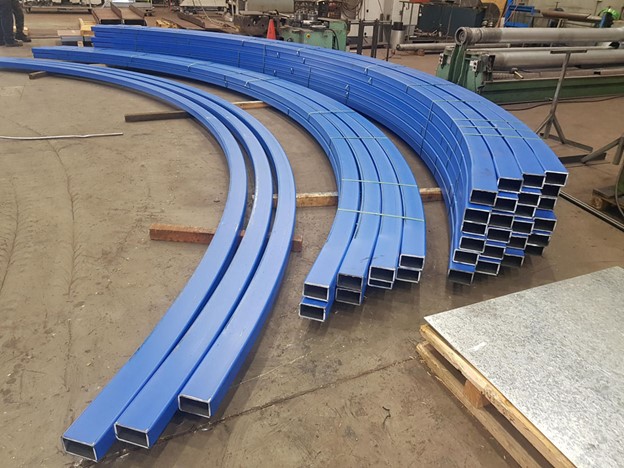
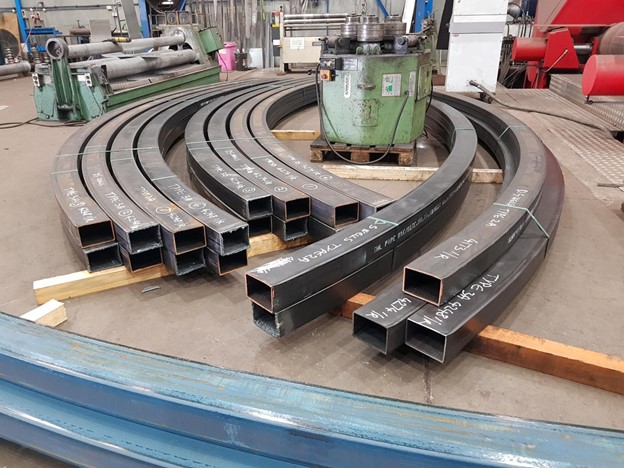
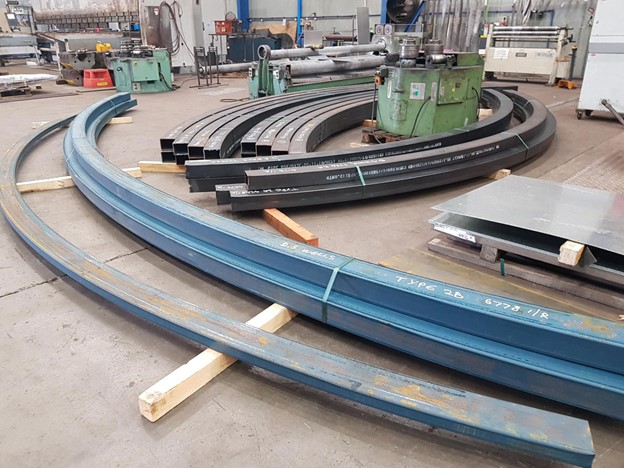
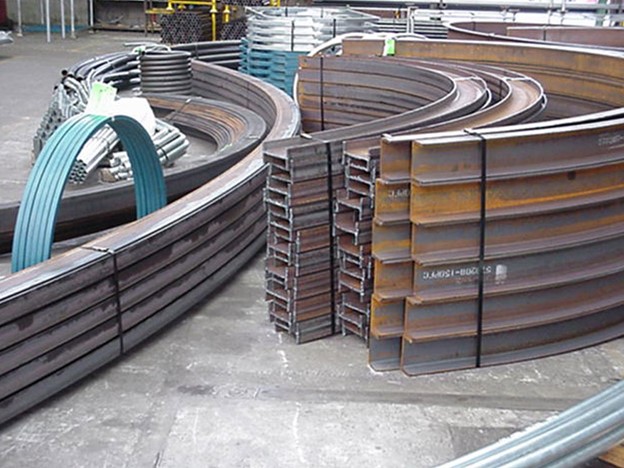
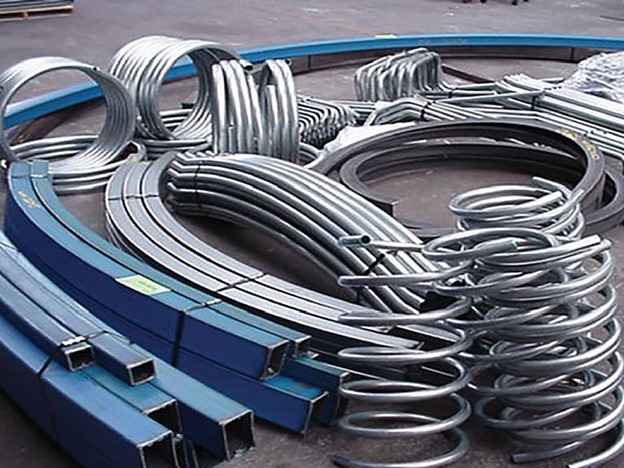
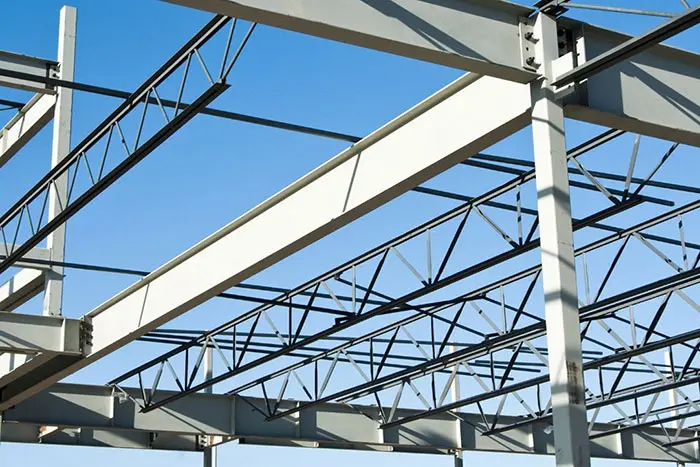
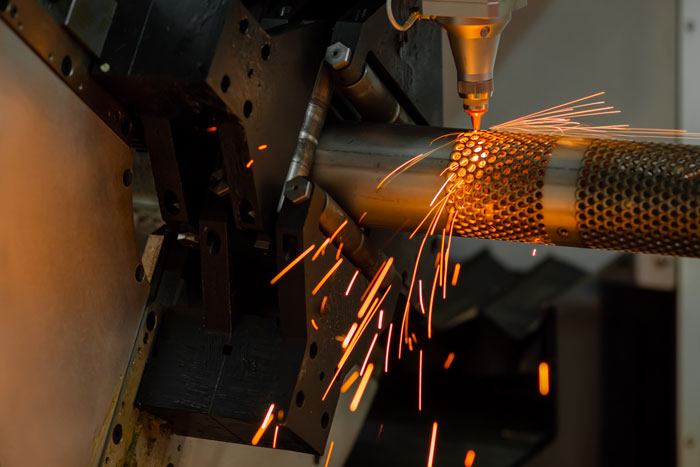
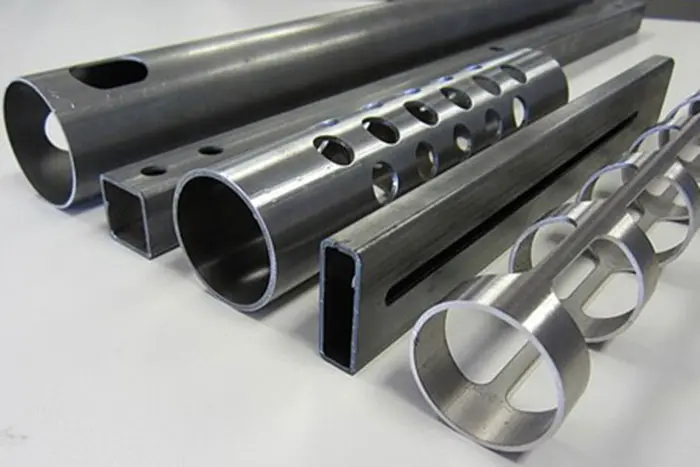
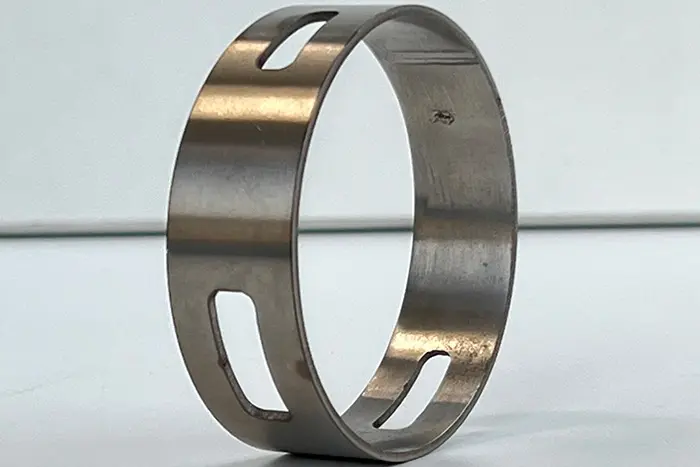
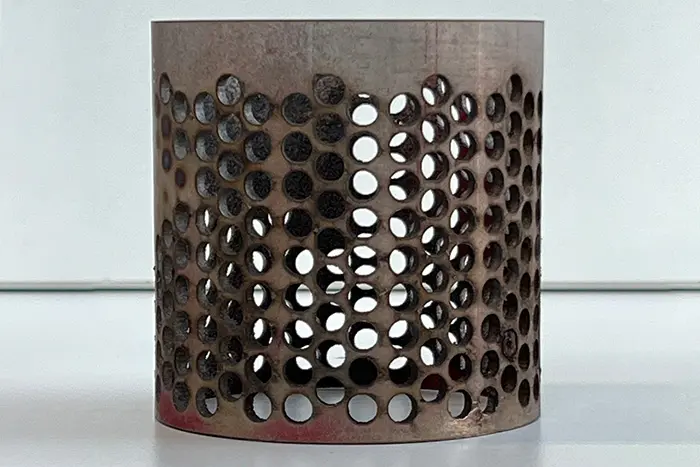
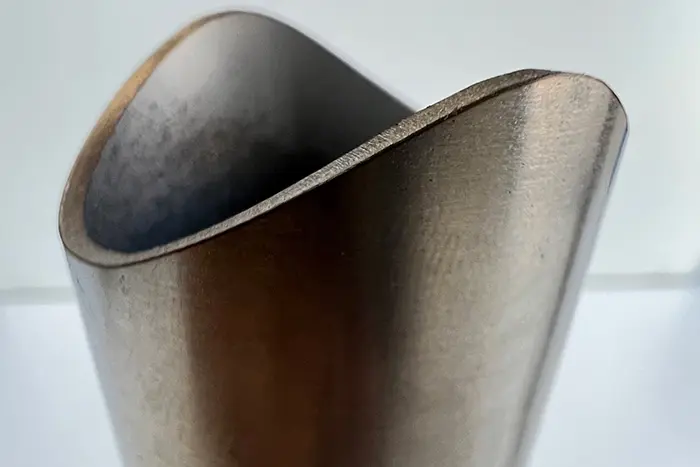
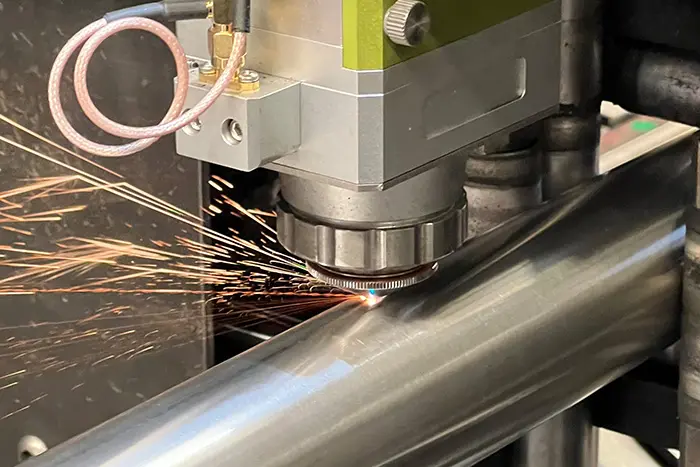
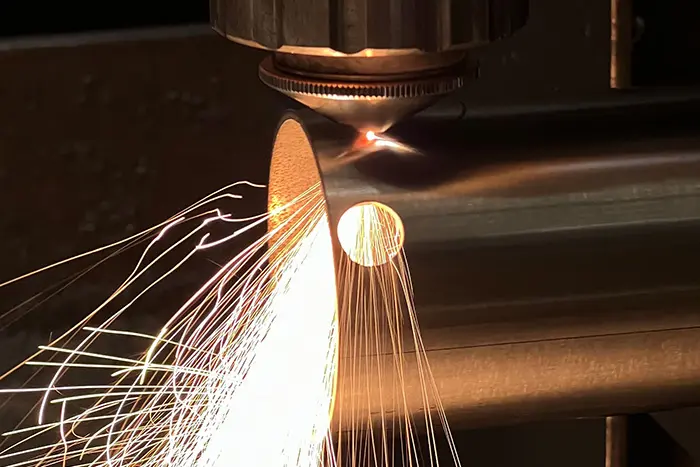
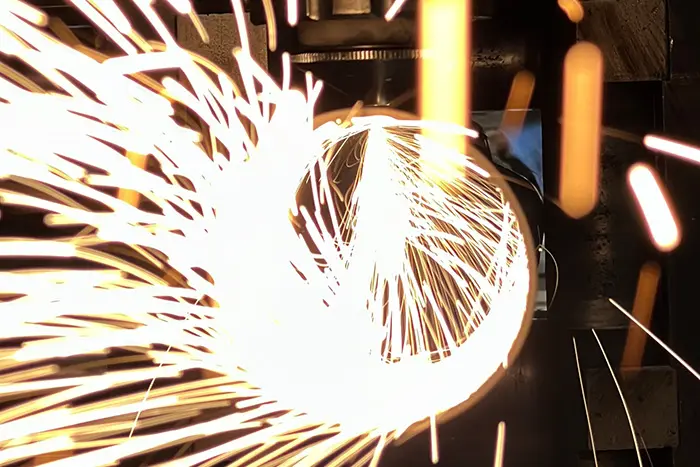
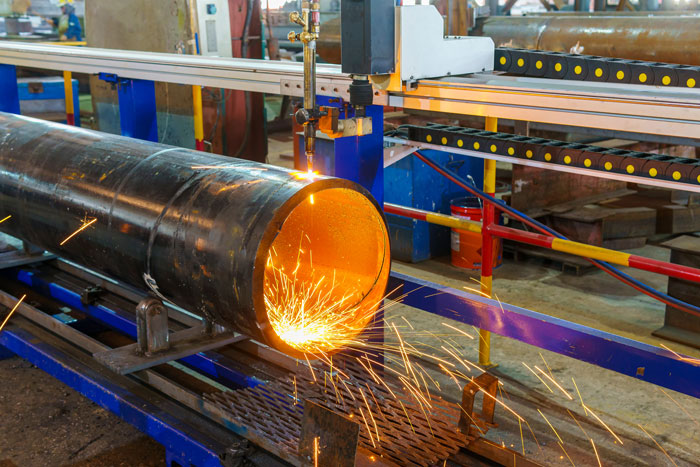
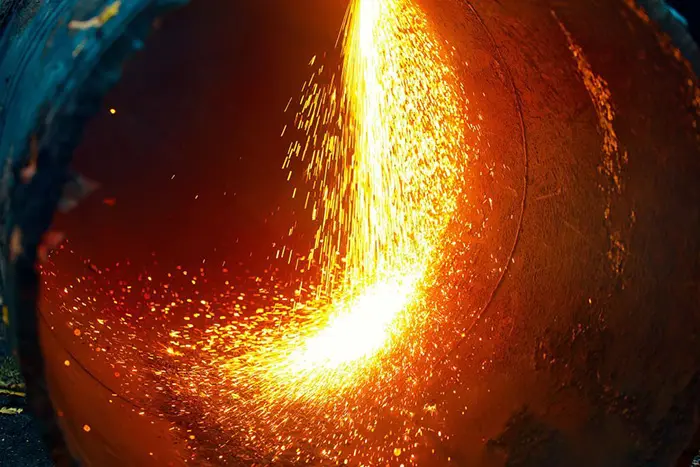
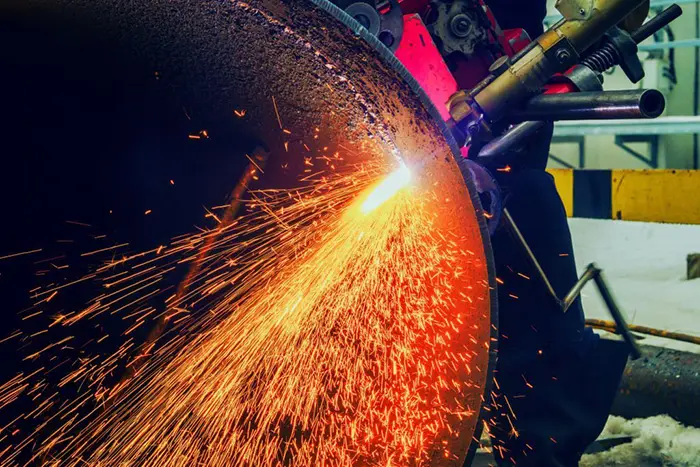
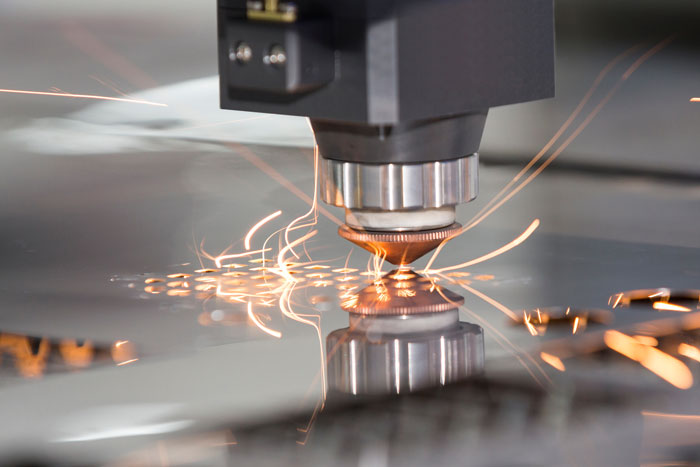
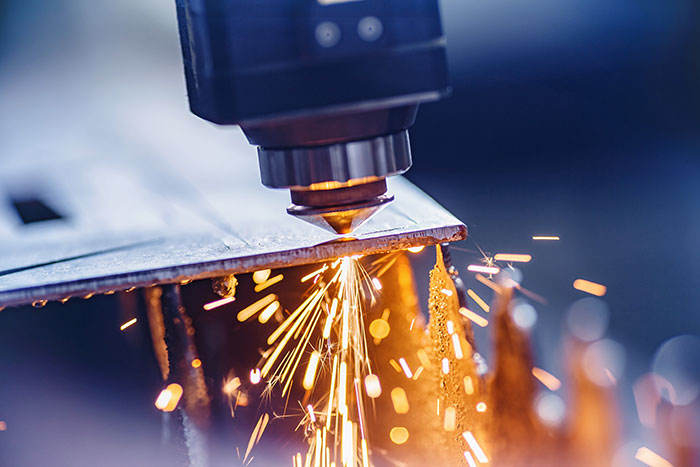
Leave a Reply